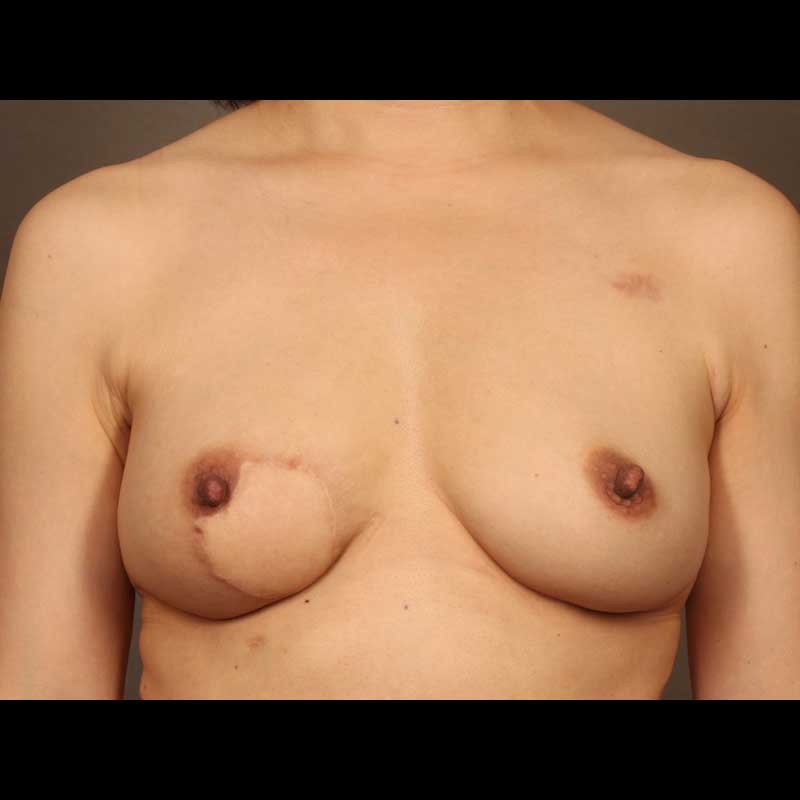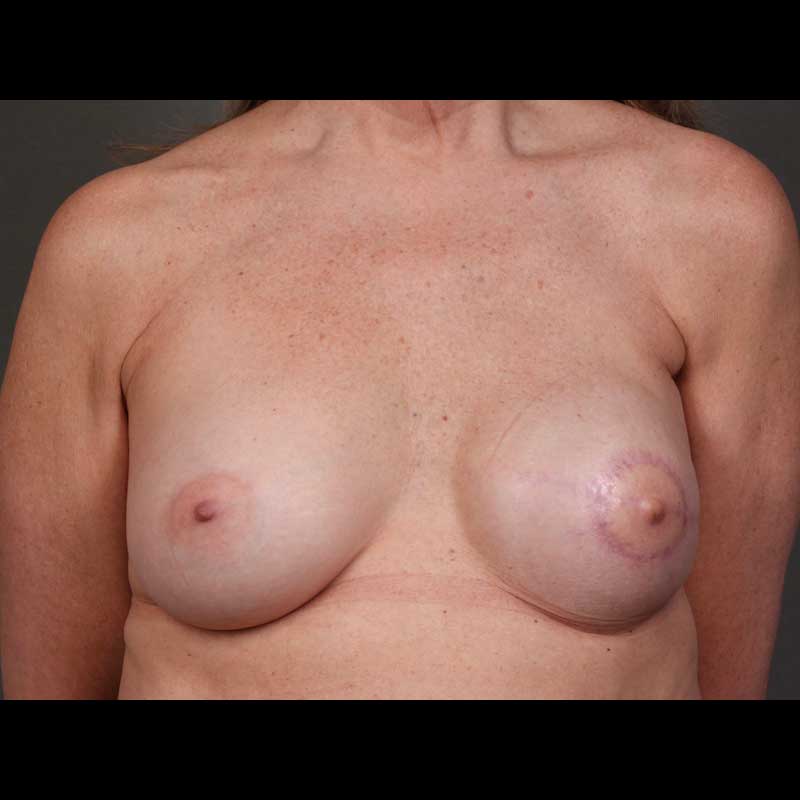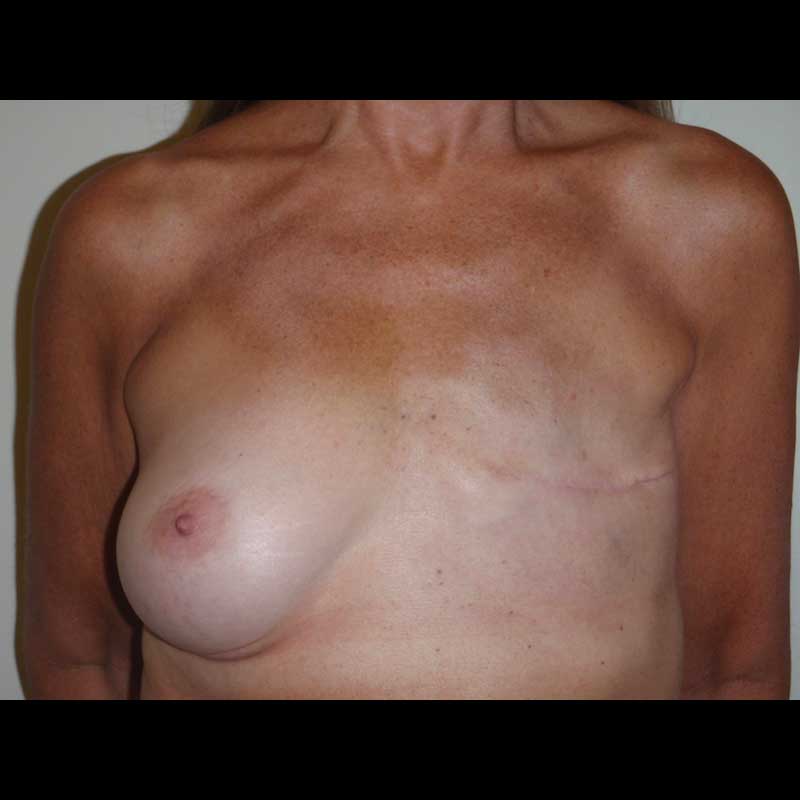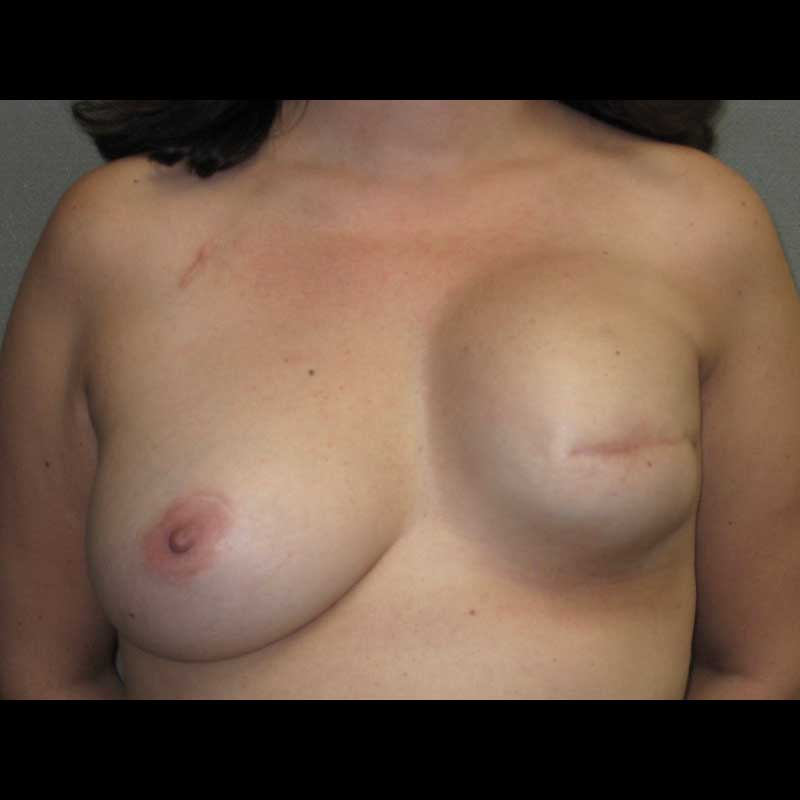Summary
A lumpectomy defect can leave a significant contour deformity in small breasted women. Many of these patients lack adequate excess breast tissue to perform an oncoplastic closure to prevent a post-operative concavity in the breast. For these patients, tissue from the surrounding chest wall can be elevated and transferred into the breast to fill the lumpectomy defect and prevent contour deformities.
Types of procedures
- Thoracodorsal artery perforator flap (TDAP): This flap originates from the back and is one of the larger local flaps. It is ideal for lateral lumpectomy defects, though it can be used to address more central irregularities.
- Intercostal artery perforator flaps (ICAP): Medial (M-ICAP), anterior (A-ICAP) and lateral (L-ICAP) flaps originate from either the inner, lower or outside of the breast and are utilized to treat neighboring defects.
- Lateral thoracic artery perforator flap (LTAP): Similar to the L-ICAP flap, this is an ideal option for defects along the lateral or outside half of the breast.
Procedure details
- Markings are performed prior to surgery in the standing position
- The lumpectomy is performed by your breast surgeon
- Following completion of the lumpectomy, the local flap is mobilized and transferred into the lumpectomy defect by your plastic surgeon
- The flap is shaped and secured in place
- Both the breast and the site where the flap originated are closed
Risks & Benefits
Replacing breast volume with local flaps extends breast conservation options therapy to women with smaller breasts that would otherwise require a mastectomy. Local flaps can be performed efficiently and can often be accomplished as ambulatory procedures.
For some flaps, tissue originates from the side of the chest or the back, which requires us to extend the incisions beyond the breast. Care must be taken while mobilizing the flap to preserve the blood supply. This requires expertise and should be performed by a surgeon with experience in perforator flaps. The surgeons at NYBRA Plastic Surgery are experts in microsurgery and perforator surgery and routinely perform such reconstructions with a success rate of greater than 99%.





